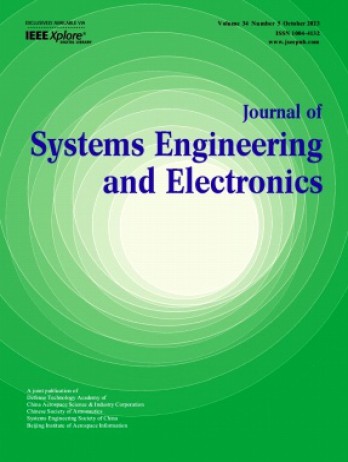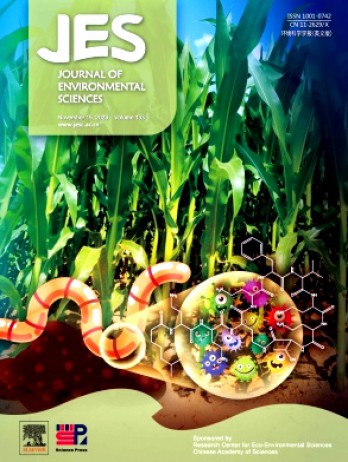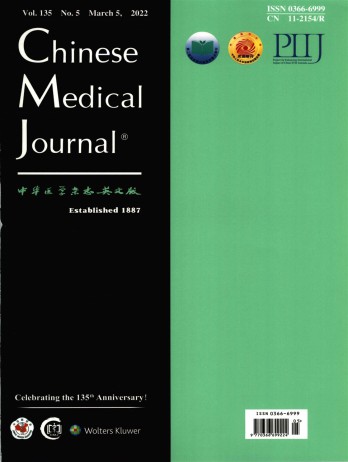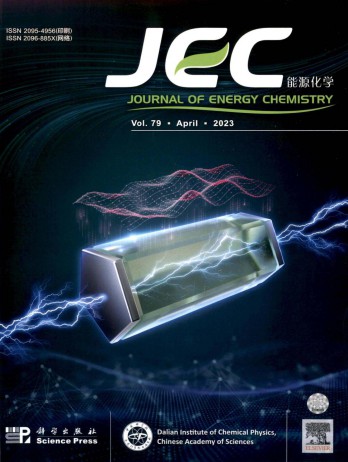《Journal of Systems Engineering and Electronics》雜志論文格式要求:
Aims and scope
The journal, keeping abreast with the development trend of science and technology worldwide, reports the latest developments and achievements in systems engineering and electronics and related research areas, and encourages various academic views. The journal welcomes papers from a wide variety of countries.
The journal strives to publish high-quality papers reporting original work in both theoretical and practical research results within the journal scope, involving system analysis, system modeling and simulation, military system analysis, aircraft control, C3I, radar, information systems engineering, machine intelligence, artificial neural networks, information acquisition and processing, aerospace electronics, and other topics in all related fields.
Title
The title is centered on the page and should be short and concise. Please limit the title to a maximum length of 10 words. The author’s name follows and is also centered on the page. The author’s last name should be preceded by the other names spelled out in full. The author’s affiliation and address are also needed.
The corresponding author should be clearly indicated with the asterisk (i.e., *) and given on the bottom of the first page. Please provide the financial support acknowledgments (name and number) on the bottom of the first page.
Abstract
An abstract, not exceeding 200 words, is required for all papers. Acronyms and abbreviations are spelled out at first mention in the abstract. It should be a summary of the paper and not an introduction. Because the abstract may be used in abstracting journals, it should present concisely the purposes, methodology used, results obtained, and conclusions.
Keywords
The author must provide a list of keywords, up to a maximum of six. No acronyms and abbreviations should be used.
Text
Text should be typed in double-column. The introduction of paper should explain the nature of the problem, previous work, purpose, and contribution of the paper. It is assigned the number “1” and following sections are assigned number as needed. For example, the third section of a paper might be “3. Simulation results” headings. Acronyms and abbreviations are spelled out at first mention in the text, even they have already been defined in the abstract.
Figures and tables
The authors must ensure figures of sufficient quality and resolution. Figure captions appear below the figures. Figures should be numbered in the order they appear in the text. Table titles appear above the tables. Please verify that the figures and tables you mention in the text actually exist. When referring to a figure or a table in the text, use the abbreviation “Fig.” even at the beginning of a sentence, and do not abbreviate “Table”.
Equations
Number equations consecutively with equation numbers in parentheses flush with the right margin, as in (1). Be sure that the symbols in the equation have been defined before the equation appears or immediately following. When referring to “(1)”, do not use “Eq. (1)” or “equation (1),” except at the beginning of a sentence: “Equation (1) is ...”.
Conclusion
A conclusion must be included and should indicate clearly the advantages, limitations, and possible applications of the paper.
Acknowledgment
Individuals or units other than authors who were of direct help in the work should be acknowledged by a brief statement following the conclusion. This heading is not assigned a number.
References
Only articles that have been published may be included in the references. Each reference is referred to in the text by a number enclosed in a square bracket (i.e., [3]). References must be numbered and ordered according to where they are first mentioned in the paper. A reference list must be included using the following information as a guide.
Biographies
Short biographies (120-150 words) should be provided that detail the authors’ education, work histories and research interests as well as their E-mail. The authors’ full names are needed. Small (2.5 cm×3.5 cm), black-and-white and high- resolution (300 dpi) photos of each author should be included.
基本信息
《Journal of Systems Engineering and Electronics》雜志是由中國航天科工集團主管,中國航天科工防御技術研究院;中國宇航學會;中國系統工程學會主辦的國內外公開發行的學術理論期刊,創刊于1990年,是國內科學領域具有廣泛影響力的權威刊物。
該雜志國內刊號為11-3018/N,國際刊號為1004-4132,現被文摘與引文數據庫、維普收錄(中)、劍橋科學文摘、SCI 科學引文索引(美)、上海圖書館館藏、國家圖書館館藏、萬方收錄(中)、SA 科學文摘(英)、EI 工程索引(美)、知網收錄(中)等權威數據庫收錄。
此外,還榮獲多項榮譽,如:中國優秀期刊遴選數據庫、中國期刊全文數據庫(CJFD)等,這些都體現了該雜志在推動科學理論與實踐發展方面的重要貢獻。
欄目設置
《Journal of Systems Engineering and Electronics》雜志欄目涵蓋科學領域多個維度,包括:系統工程、電子技術、軍用系統分析、防御電子技術、控制理論與實踐、軟件、算法與仿真、計算機開發與應用等。
作為一本具有較高學術水平和影響力的科學雜志,多年來一直致力于推動科學領域的改革與發展,為科學工作者和研究者提供了一個交流和探索的平臺,對促進我國科學事業的發展起到了積極的作用。
聲明:本信息依據互聯網公開資料整理,若存在錯誤,請及時聯系我們及時更正。



